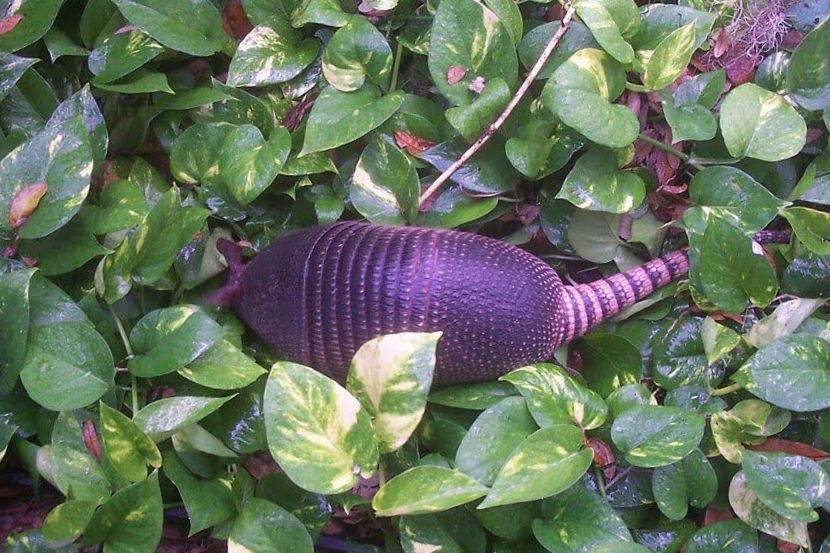
Trapping armadillos isn't actually that difficult once you get the traps in the right spot. They'll walk right into them when they're camouflaged the right way. It's what you need to do AFTER you've trapped the armadillo that comes with the greatest problems ... and some of them are problems you probably won't have even thought of yet.
To start with, you're going to need to actually do something with that armadillo. This is where the problems start — there is a risk of both leprosy and rabies with armadillos, which means that you can't just release them wherever you feel like it. You may not even be lawfully permitted to release them at all, anywhere other than your own land. This doesn't help you because it will just head right into its burrow again, or the secondary burrow that you don't know about yet, or it'll create another one entirely … But still on your property.
If you plan to release the animal (and we're assuming you've checked and it is legal for you to do so), you'll need to drive at least five miles from the point of capture. We actually recommend heading at least ten miles away. The further you can go, the better — the less of a chance that the armadillo will end up back on your property again.
The nine-banded armadillo is the only armadillo you'll find in the United States, and it lives in the southern, warmer regions. It needs a humid and warm climate in order to survive and will simply die if released into a northern, colder climate. (No driving to the Northern states to release the animal!)
In rural areas, armadillos lives in spaces that offer lots of ground-level protection. Deserts are home to many armadillos, often seeing them use rocks and other things to provide cover for burrow entrances. Temperate grasslands are another common habitat, as well as rain forest-like areas.
You MUST deal with the animal in a trap as quickly as possible — and immediately. The animal will have a much greater chance of survival if you release it sooner rather than later, with extra time in the cage piling on the stress levels. Armadillos are more active first thing in the morning and then right as the sun goes down, so releasing them at these points (where possible) will help.
Ideally, handing that animal over to a wildlife removal specialist will result in the best chances of a humane outcome. If the animal is injured or sick, it can be cared for by a local armadillo rehabilitator (if one is available). If that is not possible, the armadillo will be euthanized. In many States, this outcome is actually one of the few lawfully permitted ones.
Whatever you choose to do with the animal, making sure the burrow has been filled up is even more important than actually removing the animal, and you must make sure that your land has been armadillo-proofed to the best of your ability. There are plenty of small and minor modifications you can do to your back garden in one weekend or so, and they could mean the end for a wide number of wild invaders.
Go back to the armadillocontrol.com home page.
Copyright 2021 - armadillocontrol.com
Nationwide Armadillo Control